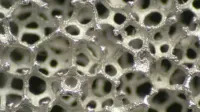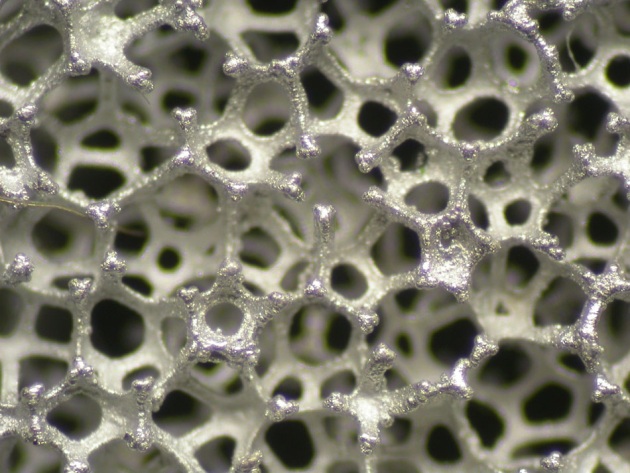“Aluminum-Celmet” could boost electric vehicle range by 300%


Sumitomo Electric Industries (SEI) is the Japanese company behind an innovation that could potentially lead to a serious rise in the capabilities of electric vehicles.
If you haven’t heard of SEI, that’s okay. Please allow us to fill you in. SEI is a manufacturer of electric wire and optical fiber cable that recently developed a porous aluminum called “Aluminum-Celmet.” The company says the lightweight metal can be integrated into lithium-ion batteries and claims that Aluminum-Celmet’s three-dimensional structure forms interconnected, spherical pores that somehow nearly triple battery capacity.
In addition, Aluminum-Celmet’s electrical resistance is supposedly lower that of Celmet, a proprietary metal derived from nickel and currently used in SEI’s NiMH batteries. By replacing the conventional aluminum-copper foils within a li-ion battery with its patented Aluminum-Celmet, the company says battery capacity can jump by up to 300 percent.
SEI is looking to set up an Aluminum-Celmet assembly line at its Osaka Works facility in Japan and hopes to move to mass production of the patented metal soon. We’d like to see that, too, if these claims turn out to be true.
[Source: Sumitomo Electric Industries]
Aluminum-Celmet (x40)Celmet is a porous metal made from nickel or nickel chrome alloy. The porous metal manufacturing process comprises electro conductive coating to plastic foam, followed by nickel plating and plastic foam removal by heat treatment.
Celmet’s features include high porosity (up to 98%), considerably higher than other porous metals, such as nonwoven metal fabric and foam metal; it also features a three-dimensional mesh-like structure that forms interconnected, open and spherical pores. Moreover, it is easy to process the porous metal into various shapes by cutting and stamping.
These features lead to favorable filling, retaining and current-collecting performance, when used with an active material. As such, Celmet has recently been adopted as a positive electrode current collector in hybrid vehicle nickel-hydrogen batteries.
We have recently succeeded in developing porous aluminum Aluminum-Celmet, using processes similar to those used for producing nickel Celmet.
In addition to sharing the high porosity feature of Celmet, Aluminum-Celmet offers lightness (the specific gravity of aluminum is about one-third that of nickel) and greater electrical conductivity (or low electrical resistivity, less than half that of nickel). Furthermore, Aluminum-Celmet offers excellent corrosion resistance. These features make it suitable for use in lithium-ion and other secondary batteries operating at high charge/discharge voltages, for which Celmet made from nickel is not suitable. Aluminum-Celmet can also be used for current collectors in capacitors.
In-House Assessment of Aluminum-Celmet Applications
Aluminum-Celmet can be used to improve the capacity of lithium-ion secondary batteries and capacitors.
The positive electrode current collector in a conventional lithium-ion secondary battery is made from aluminum foil, while the negative electrode current collector is made from copper foil. Replacing the aluminum foil with Aluminum-Celmet increases the amount of positive active material per unit area. Sumitomo Electric’s trial calculations indicate that in the case of automotive onboard battery packs, such replacement will increase battery capacity 1.5 to 3 times. Alternatively, with no change in capacity, battery volume can be reduced to one-third to two-thirds. These changes afford such benefits as reduced footprint of home-use storage batteries for power generated by solar and other natural sources, as well as by fuel cells.
In conventional capacitors, both positive and negative current collectors are made from aluminum foil. Use of Aluminum-Celmet instead improves the capacity and reduces the footprint, as with lithium-ion batteries.
We will direct our efforts toward improving Aluminum-Celmet for commercialization and mass production for lithium-ion battery and capacitor current collector applications.
* Celmet is a trademark or registered trademark of Sumitomo Electric Industries, Ltd.
* Aluminum-Celmet is a trademark of Sumitomo Electric Industries, Ltd.




